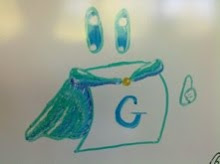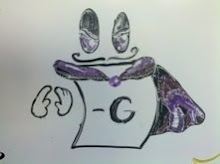In 2016, I joined the technology era of 2006 by getting myself a Wii and now a Twitter account. Hooray!
This summer, I promised myself that I would sign up for Twitter after I submitted my tenure portfolio. Well, I turned that all in back in October, so this is overdue. Here's my Twitter-Sphere Presence: CGTKyle
I find myself noticing CGT things that don't quite warrant an entire blog post. Then I forget about those things. Now I can quickly say something about them in an attempt to garner attention.
I expect that I'll also be tweeting about general board games, teaching, voting systems, CS and math, and more. Yikes.
My first tweet announced a little page I made for CGT events: http://turing.plymouth.edu/~kgb1013/CGTMeetings.php I realized that I always needed the links to these previous and coming events. As is common for me, I coded the whole thing up in Javascript (feel free to look at the underlying code) so events like CGTC II is currently in the "Future" section, but should move to "Past" after it's happened. We'll see whether I did that right. (Also, you should all be going to CGTC2! I'm very disappointed that I'll be missing it.)
I think I'm missing some meetings on there (there was something at Kamloops a few years back, I believe) so help me fill it out. I hope there's something coming up this summer also (I think Games at Dal will have to wait until 2018.)
Happy New Year!
Jokes from the Audience
4 days ago


